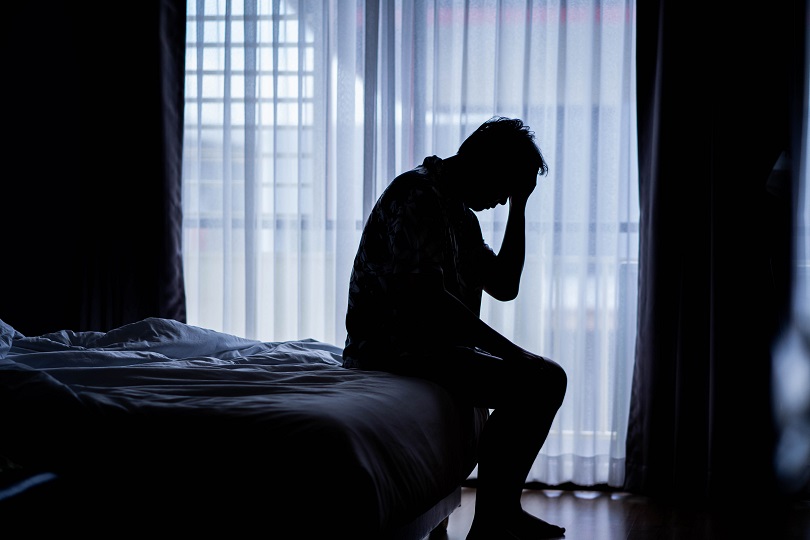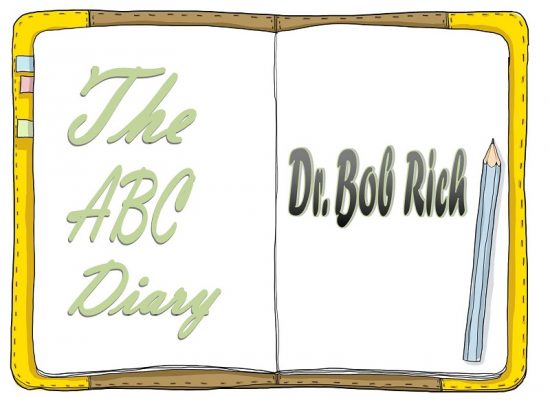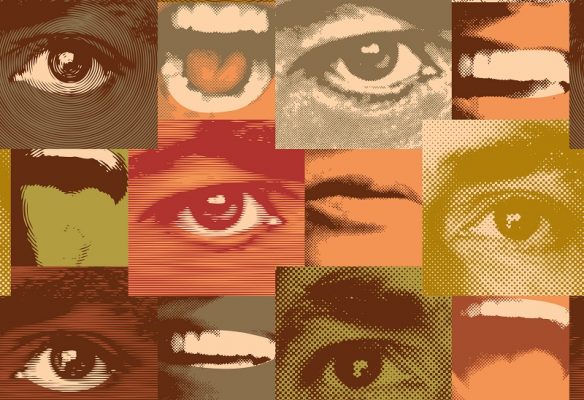Anxiety and Depression
Bob Rich’s Self-Therapy Guide: What Brings Sadness
Bob Rich’s book From Depression to Contentment: A self-therapy guide is therapy in your pocket. Depression, anxiety, and other forms of suffering are all too common in our crazy world. Bob teaches you how to rise from that to “normal,” which is the walking wounded, then far above that, to inner strength enabling you to cope in any situation.
Recovering the Self published the first segment of Bob’s book in a series of posts starting from commentary on staying sane in a crazy world and ending with the quest for meaning via correspondence with young minds. The second segment of Bob’s work begins here with special attention to the meaning of depression, happiness, and resilience as well as the various influences in early and later life that make one vulnerable to depression.
Bob started the second segment of his Self-Therapy Guide by addressing the very definition of depression and why its standard medical definition lacks clarity. Continuing this discussion below, he lists different sources of sadness.
Sources of Sadness
There are various reasons people may have an ongoing sad mood. More than one can operate in a given situation, but even then, it’s useful to understand each.
Realistic
Our mood constantly varies. It’s OK to feel sad from time to time. It can be a realistic reaction to your situation. If that’s the case, give yourself permission. Change is the only constant, and this, too, shall pass.
A huge kind of realistic sadness is anticipatory grief, when people see the threats to their existence. During the second half of the 20th Century, this was fear of nuclear war. That’s still there to a lesser extent, but has been surpassed by environmental despair. This is the problem I struggle with, all the time. I’ll teach you my tools for coping with it in Part 5.
Grief
If you have suffered a loss of any kind, you’ll be grieving. This could last five minutes for an unimportant sports defeat, or up to two years for losing someone you love. (Anything longer is likely to be because you have become “stuck in grief.” Read Seven Choices, a wonderful book by Elizabeth Harper Neeld.)
Burnout
Beverley Potter defines burnout as “Skills and knowledge remain intact, but the will to perform, the spirit within, is gone.” She also calls it “job depression,” which is exactly right.
It’s due to emotional overload from your obligations (whether paid work or not). Those most at risk are conscientious people whose actions and decisions impact on others: doctors, nurses, psychologists, social workers, teachers, parents, policemen, etc. People in leadership roles can also suffer burnout.
This is a reversible problem. Implementing the seven recommendations in the “First Aid” chapter, plus engaging in regular relaxation and meditation will do it.
Seasonal Affective Disorder (SAD)
SAD is a reaction to long hours of darkness and long periods of gloomy weather, which people in the cooler regions of our planet experience from late autumn to early spring. This is biological, but easy to fix. The solution is regular exposure to a suitably designed bright light. SAD UK gives recommendations here: http://www.sad.org.uk/buying-a-sad-light/
Post-Partum Depression
A majority of women experience post-baby blues while their hormones rebalance themselves after the birth of a baby. Normality returns after two to three weeks. Knowing this, you can cheerfully wait out the temporary misery.
For some reason, the low mood can persist for some women, and this can be a very serious problem. A short course of medication can help, but then use the easing of symptoms to do therapy on yourself. This is easiest with a good psychologist, but some people can do it unaided, for example by using the tools in this book.
A wise precaution is to do therapy before the birth. Think of this as an insurance policy, just in case.
Chemical Causes
Both marijuana and alcohol are central nervous depressants. They can ease social inhibitions and anxieties, so that you might enjoy yourself, but the actual effect is to lower mood.
Withdrawal from methamphetamine, and drugs like heroin and cocaine, involve terribly deep depression. This is the way these drugs induce addiction.
According to a recent examination of data regarding 26,000 people by Quato and colleagues, many prescription drugs have depression as a possible side effect. The study demonstrated that when you take several such drugs, the risk of depression increases.
Meaninglessness
This is a big one. Re-read my email exchange with “Crissie” in the post on Meaning. Also, do yourself a favor, and read three books: Man’s search for Meaning by Viktor Frankl, which I mentioned under “First Aid,” The Rugmaker of Mazar-e-Sharif by Najaf Mazari, and The Power of Good People by Para Paheer and Alison Corke.
Part 5 covers how to deport Depression from your life, and is actually a manual on how to gain meaning.
– Dr. Bob Rich








